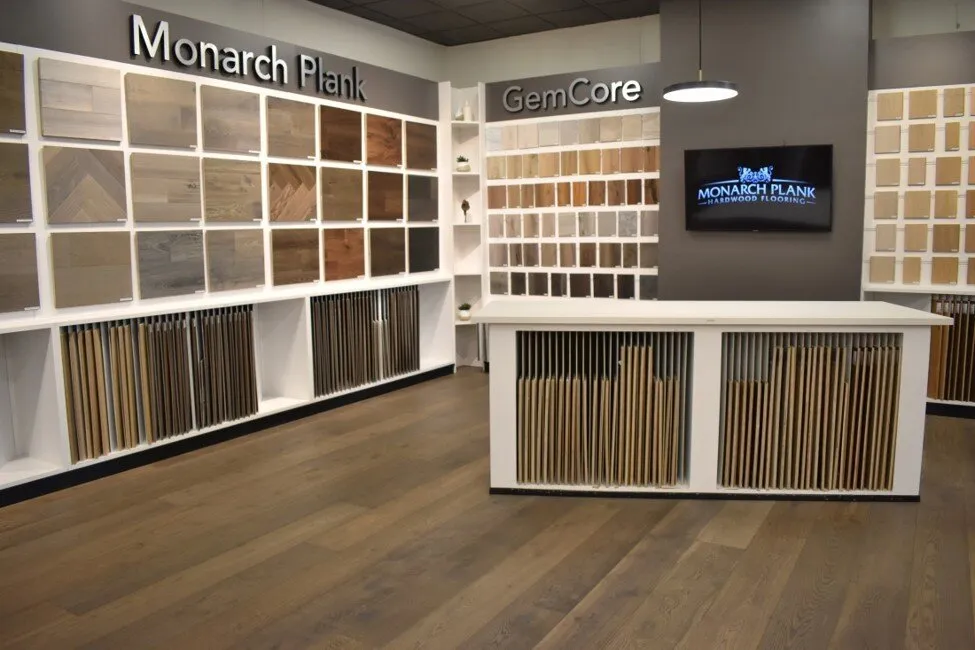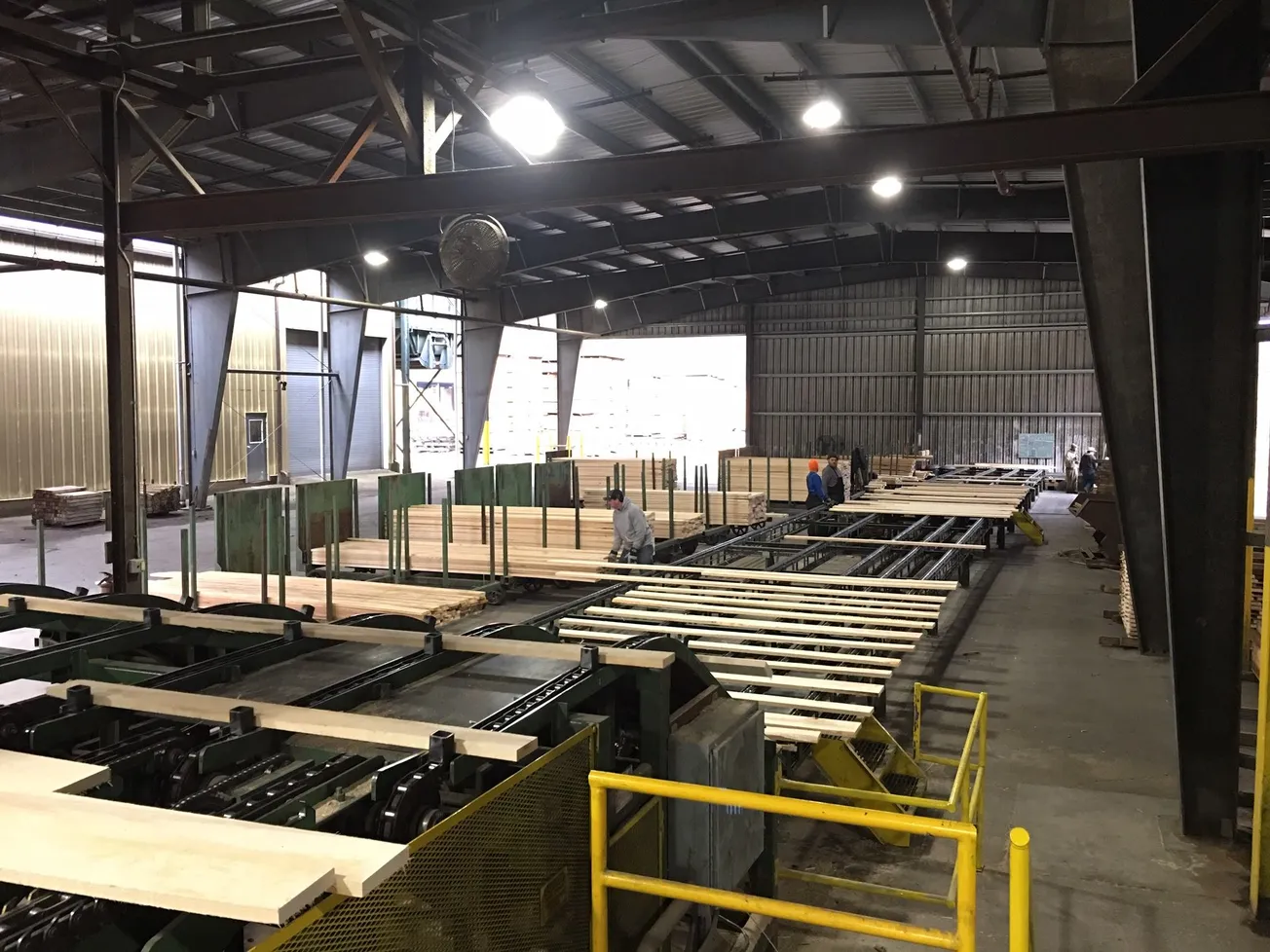Table of Contents
American homeowners annually spend anywhere from thousands to tens of thousands of dollars to build new decks, fix older ones, and enhance the livability of outdoor areas. However, all the renovations have at least one thing in common despite the price tag—the desire to achieve long-lasting results.
In some instances, this means the specification of the latest composite decking products due to their low-maintenance qualities, wide selection of colors, and wood-grain patterns. For others, real hardwood decking is still the preferred option for individuals who relish the natural beauty, durability and hardness of ipe, cumaru and batu decking as well as their resistance to decay, rotting, termites and other bugs.
But, no matter the material, nearly every deck requires some form of maintenance beyond the occasional power wash or cleaning that prevents seedlings from taking root between boards and the growth of algae and fungus. This is especially true for wet, humid conditions and hot, dry climates, where wood, siding, decking and fencing are especially susceptible to graying, water damage and harmful UV rays.
Typically, hardwood decks that are exposed to a year-long assault of sunlight and humidity should be stained every year or two depending on the wear, tear and discoloration. One simple test involves splashing water onto the decking surface. If it beads up, users can probably go another year without staining. But, if the water soaks into the wood, then it’s definitely time for another coat.
Now, the real challenge—helping builders, homeowners and DIYers alike select the right stain from the hundreds of oil- and water-based mixtures further delineated by a variety of transparent, semitransparent, semisolid, and solid options. Additional considerations include the protective, longevity, application and coverage qualities built into each product.
While many water-based stains claim to last for years and tend to dry quicker with less odor, most just don’t offer the UV protection offered by many high-quality, oil-based stains. Additional considerations are the numerous quality and performance differences inherent among even the leading oil-based stain brands. In most cases, this starts with the very composition of the stain itself and the varying UV blockers, pigments, dyes, fungicide, and other oils included in today’s products.
For instance, many of the oils commonly used in wood stains tend to change color over time. Some even harbor mildew and mold, such as linseed oil, which can lead to the wood turning black or discolored. The only reason companies use these inferior oils is to reduce the cost of the product even though it’s not in the consumer’s best interest.
When it comes to the choice of oils, over centuries of use polymerized tung oil has proven its ability to preserve wood and outperform other products. The problem of many users and manufacturers is that it takes so long to dry. However, the addition of high-quality drying and hardening agents to the formula can drastically reduce the drying time from a few weeks to one to two days. Furthermore, polymerized tung oil tends to retain its color over time, while naturally resisting mildew and mold.
As for dyes versus pigments, trans-oxide pigments are commonly viewed as the more color-stable of the two, which results in the stain maintaining its original color longer than those that contain dyes or solid pigments. But the downside is that trans-oxide pigments are not cheap and are often included in products that bear a higher price tag.
The wide range of ingredients contained in today’s wood stains should also play a role in their selection. American-made fungicides, UV blockers, and trans-oxide pigments generally combine to better resist water, acid and fading, while reducing cracking or warping, enhancing stability and showcasing the wood’s natural luster and beauty. The highest quality stains also use the same UV blockers found in automotive paints, which is another reason these higher-end products tend to cost more.
Another advantage surrounding the best oil-based products involve not only the ability to preserve the wood’s natural beauty for longer periods and resist the wear and of most severe climates, but also the ease of application since there’s no need to strip or sand the previous coat before its use. Plus, given that the best products are designed with marine-grade components, they also contain low amounts of VOCs (Volatile Organic Compounds) to ensure user- and environmentally-friendly results.
As a result, building product dealers should be aware that there’s far more to selling wood stain than just price. The components and ingredients vary significantly among the differing products and play an integral role in the wood’s weathering and the customer’s long-term satisfaction—extremely important considerations that should take center stage in the sale of virtually any wood stain product.









